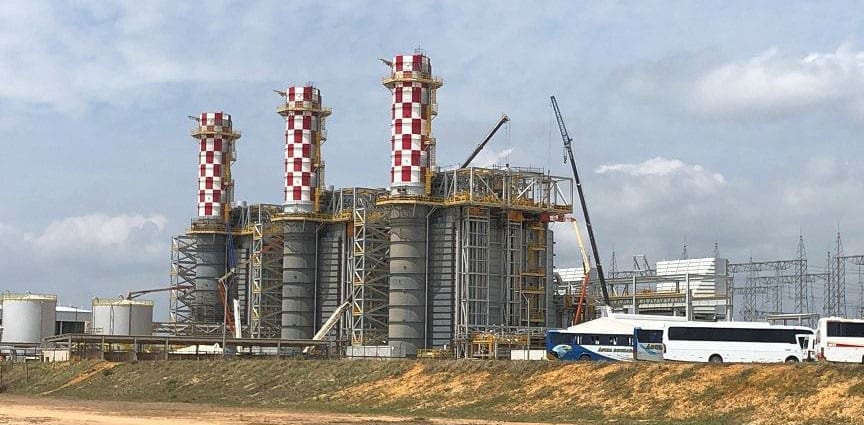In the context of industry, manufacturing, power generation, mining, and commercial facilities, a noise or vibration assessment is typically needed when a new facility is planned for construction, or an expansion or modification to an existing facility is contemplated. In the broadest terms, there are two key issues that face industry when it comes to sound and vibration – one or both of which need to be considered in an assessment: environmental emissions to neighboring properties offsite, and workplace noise exposure, onsite.
An environmental noise and vibration assessment addresses the issue of potential impact to nearby property owners and occupants. Sound and vibration can be clearly perceptible, and therefore potentially disturbing, at much lower levels than the onset of risk of hearing loss or risk of damage to sensitive buildings. So, the key criterion for preventing “adverse impact” becomes achieving levels of sound and vibration that are not excessively perceptible or are likely to cause disturbance or annoyance to neighbors. Conversely, a workplace noise and vibration assessment is aimed at avoiding health risks to workers by limiting the exposure of noise and vibration to safe levels.
Industrial Noise and Vibration Assessments may be needed to satisfy
- Regulatory Authorities
- Project lenders such as the International Finance Corporation (“IFC” of the World Bank Group), the Inter-American Investment Corporation(“IIC” of the Inter-American Development Bank) or other independent financing institutions
- Internal corporate standards, policies, or best practices
- Joint health and safety committees


Amazon Fulfillment Centres

Etileno XXI Petrochemical Complex, Mexico

Georgia-Pacific Facilities Across America
Need Answers?
Reach out to our acoustical consultants now.